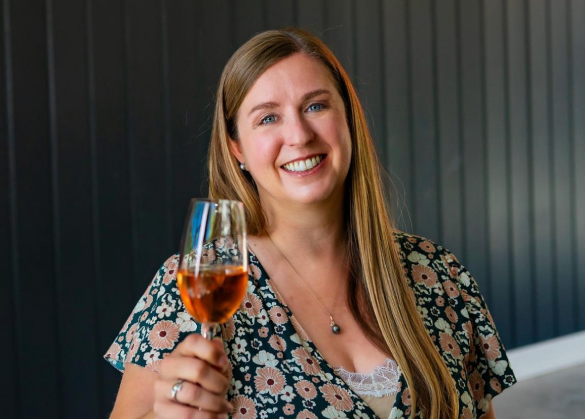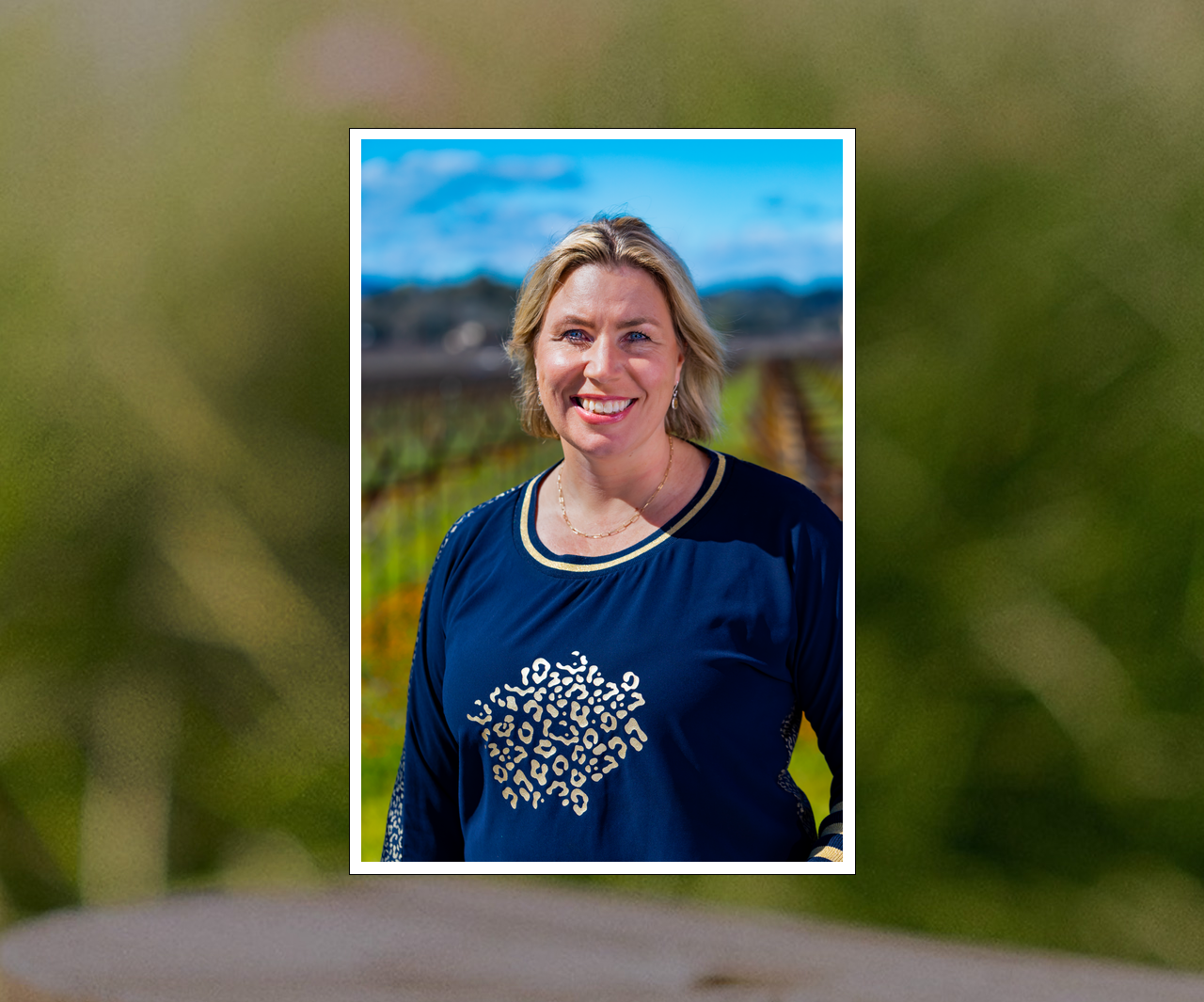Steeped in Tradition
It really comes down to our method—or méthode, if we’re being proper. Mumm Napa sparkling wines are made using an intricate process called Méthode Traditionnelle—the same time-honored approach used to make French Champagnes.
Step One: In the Vineyard
Mumm Napa grapes are grown in the cooler regions of the Napa Valley under the meticulous care of our growers. Every Mumm Napa sparkling wine crafted with the méthode traditionnelle is made from the classic primary varietals Pinot Noir and Chardonnay, along with smaller amounts of Pinot Meunier and Pinot Gris.
Step Two: Harvest
How our grapes are harvested sets the tone for the winemaking process. Harvest marks the beginning of the year and starts a new cycle in the cellar. We harvest our grapes earlier than still wine grapes, at a point when the sugar is lower and we can capture the natural acidity in the fruit. We selectively harvest by blocks to make sure the grapes are ready, and carefully (as in, gently) transport them to the winery to bring the best quality grapes to the presses.
Step Three: Pressing
Grapes are pressed slowly and gently to extract the most delicate juice and preserve freshness. The first and highest quality juice from the press is known as the cuvée, while juice later in the press cycle is called the “taille”—juice with less acidity and more tannin.
Step Four: Fermentation
Freshly pressed juice is fermented right away at cool temperatures—most often in steel tanks, while a small percentage may be fermented in traditional oak barrels. During fermentation, yeasts convert sugars into alcohol and carbon dioxide, resulting in a base or “still” wine.
Step Five: Assemblage
The most artistic part of the process is sometimes called “The Winemaker’s Expression.” During this stage, winemakers taste from 100 to 180 different individual base wines to carefully craft each blend. The result reflects the winemaker’s distinct vision for each wine, whether it be retaining consistency from year-to-year (as with Brut Prestige) or developing a unique expression based on a particular year’s crop (as with Devaux Ranch).
Step Six: Tirage Bottling
Mumm Napa winemakers carefully introduce a small amount of pure, fine cane sugar and yeast into the blend, and then place it in thick glass bottles that are sealed with a bidule and a crown cap for secondary fermentation.
Step Seven: Secondary (Bottle) Fermentation
During the secondary fermentation, the yeast works its magic, producing alcohol, flavors, and carbon dioxide. Now, with the bottle sealed, the carbon dioxide cannot escape. As it infuses into the wine, the bubbles emerge, and—voila! You can see why we call this stage prise de mousse, or “capture the sparkle.”
Step Eight: Yeast Aging
The process of aging on the yeast following the secondary fermentation adds more creamy textures and toasty aromas. As the wine ages, the yeast release proteins and molecules that transform the wine flavors from mere fruitiness to multifaceted nutty and toasty flavors. The longer the wine remains in this stage, the more rich, powerful, and creamy the wine.
Step Nine: Riddling
With all that yeast multiplying during fermentation, some sediment—or “lees,” as it’s known—remains in the bottle. Riddling is the process of collecting those lees in the neck of the bottle to facilitate removal. This involves the gradual tilting of the bottle downward while rotating slightly in increments until the bottle is completely upside down with all the lees in the neck. .
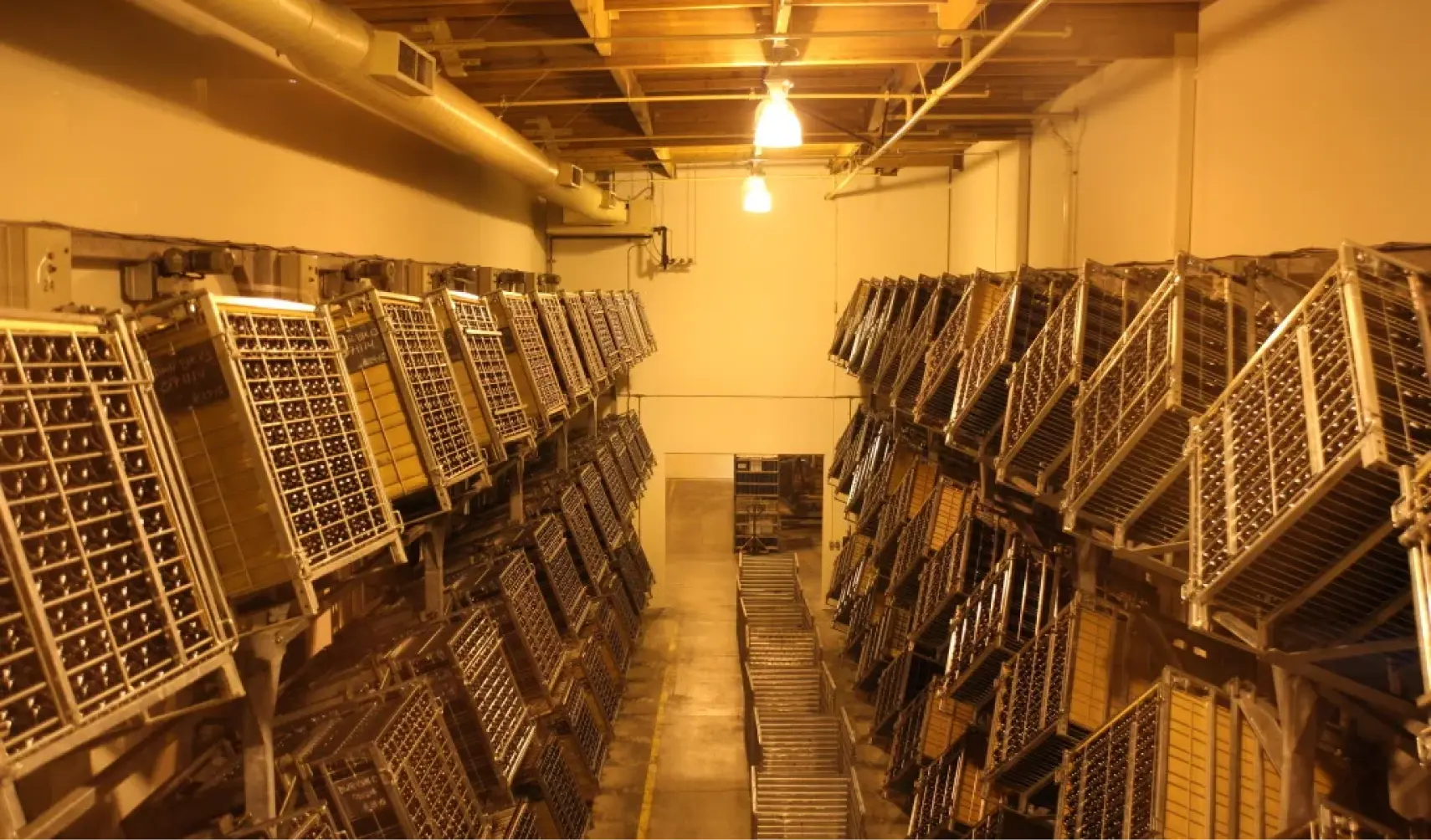
Step Ten: Disgorging
We eliminate the yeast deposits that have collected in the neck of the bottle by freezing the top portion of the wine. Then we unseal the bottle to allow the pressure to eject the yeast and leave behind only a perfectly clear wine.
Step Eleven: Dosage
The sparkling wine is finished with a blend of cane sugar and reserve wine, which will determine the wine’s ultimate style and personality. It is the final artistic touch of the winemaking craft, and defines the final style of the wine, from a dry brut to a lightly sweet demi-sec.
Step Twelve: Adding the Cork and Labeling
The bottles have their corks inserted and secured with wirehoods, and labels are applied. They are then packed into cases and put to rest until ready to release to recuperate from disgorging and to allow the dosage to fully integrate.
Step Thirteen: Cellar Aging
Most sparkling wines are ready to drink, but they will age gracefully for a certain period of time. Some premium wines will age 10 to 30 years.
Extra Credit: Popping and Toasting
The meticulous method behind the bubbles is not without purpose. Taking care to follow the process, while leaving room for a winemaker’s personal style, is what introduces unforgettable, award-winning, remarkable vintages into so many occasions. The next time you raise a glass, you can do so knowing many little details went into those deliciously tiny bubbles.
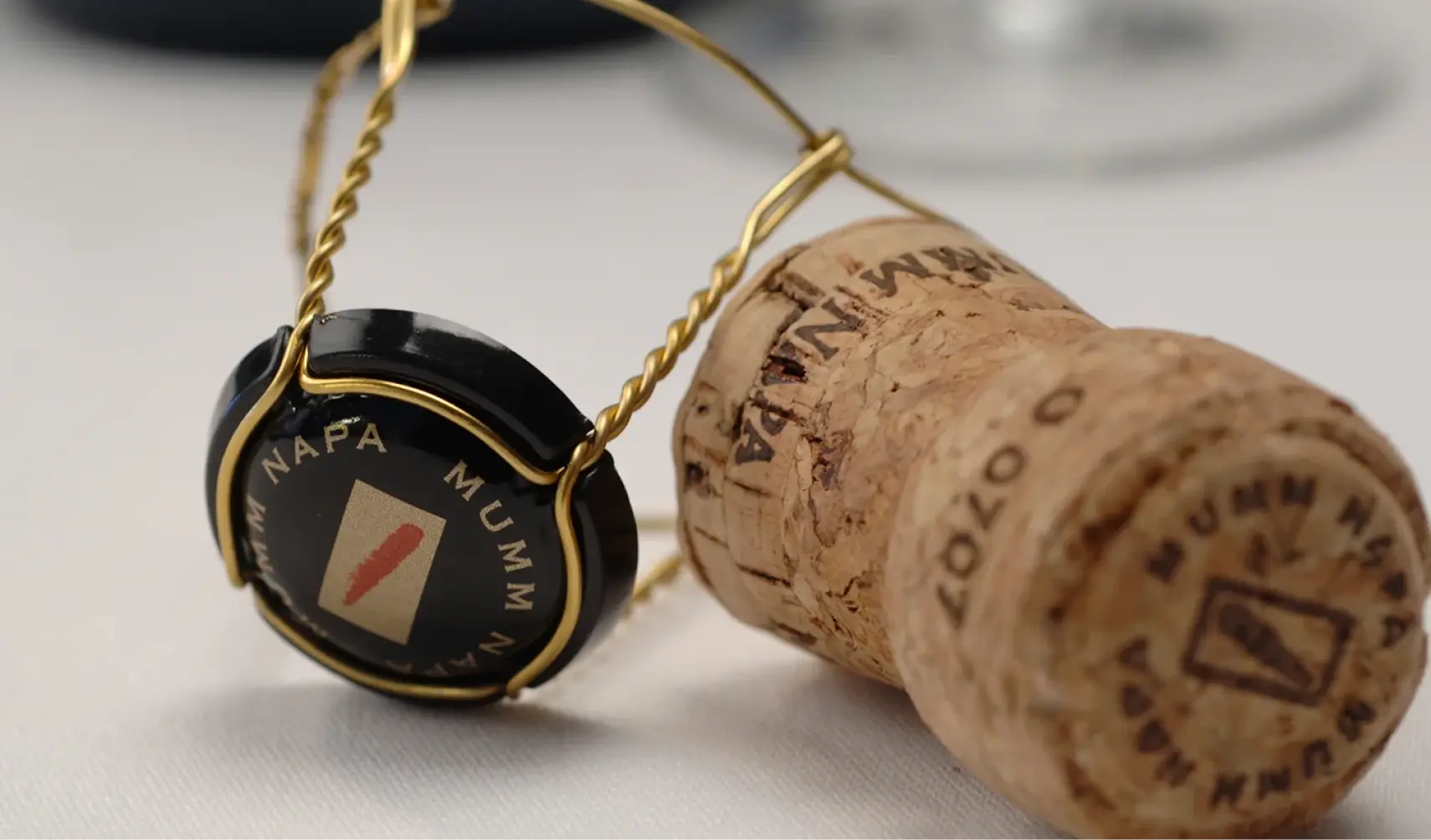
Behind the Bubbles
Read more about Mumm Napa’s winemaking method on our blog.
Learn More About Our Method
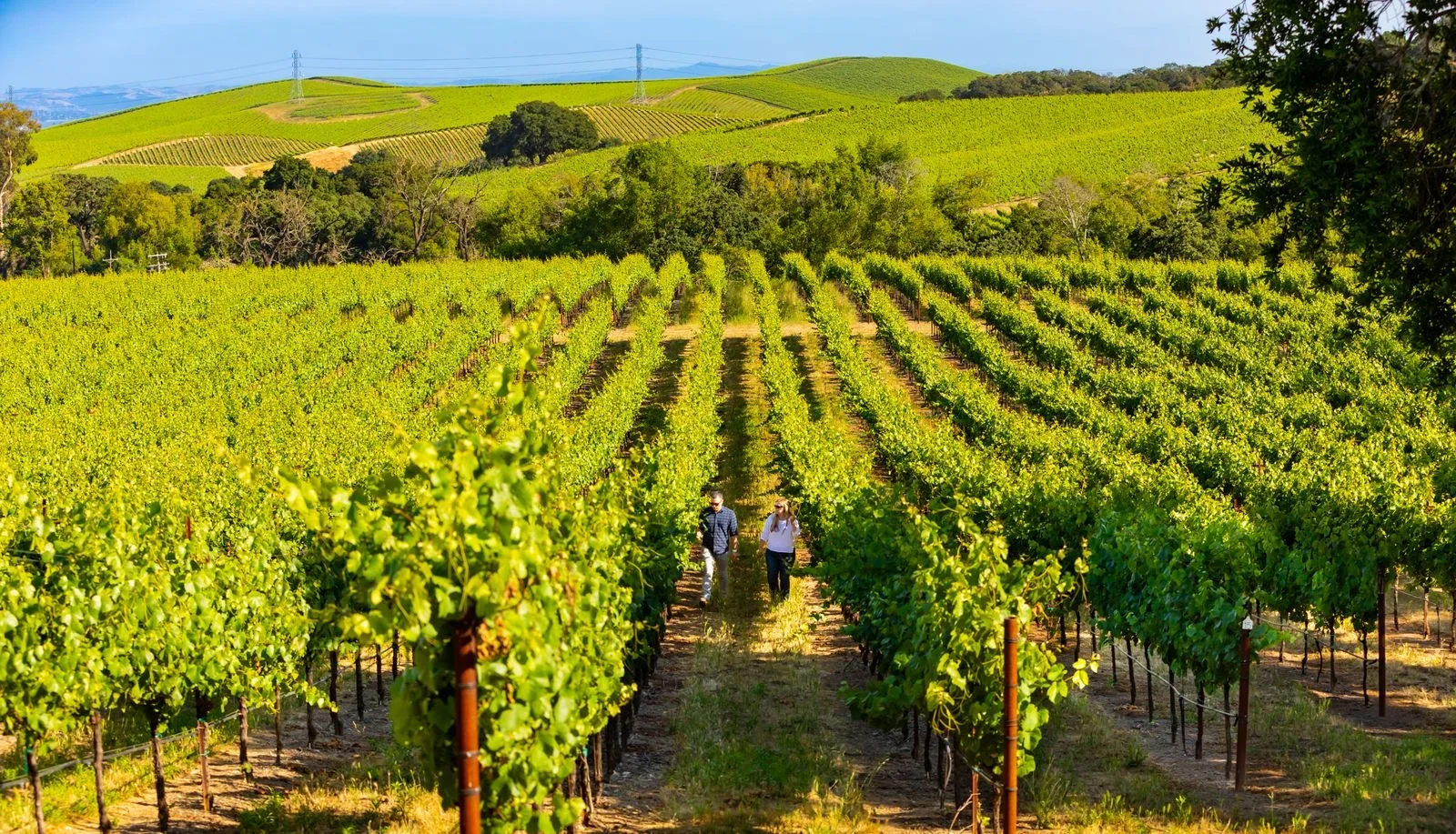
How Mumm Napa Is Addressing Sustainabilty & Responsibility
At Mumm Napa, we’re passionate about addressing all aspects of sustainability from grape to glass.
Newsletter
Join our email newsletter to receive the latest winery updates, limited releases, and exclusive offers.

